Starting an online store is a great way to reach a large audience and sell your products or services. However, just having an eCommerce website is not enough. In order to drive traffic to your site and generate sales, you need to focus on eCommerce SEO.
SEO, or search engine optimization, is the process of optimizing your website to rank higher in search engine results pages (SERPs). In eCommerce SEO, the goal is to improve your online store's visibility in search results, so that potential customers can find you when they search for products or services like yours.
Successful businesses understand their ideal customers’ search behavior and the queries they use to find products. And through effective ecommerce SEO strategies, they use this info to guide potential customers to their stores.
Effective ecommerce SEO involves plenty of interlocking bits that work together to yield positive results. These includes things like:
- Keyword choice
- Keyword placement
- Product descriptions
- Website architecture
- Content creation
- Link building
- Technical SEO
What is Ecommerce SEO?
Ecommerce SEO (search engine optimization) is a strategy of attracting organic traffic from search engines to your online store. Using ecommerce SEO tactics you can ensure that your store ranks on the first page of the search engine results page (SERP) and occupies the top positions.
How Ecommerce SEO Can Benefit Your Ecommerce Store
Ecommerce SEO provides a cost-effective way to increase conversions through a boost in traffic.
Here are the key benefits of using ecommerce SEO: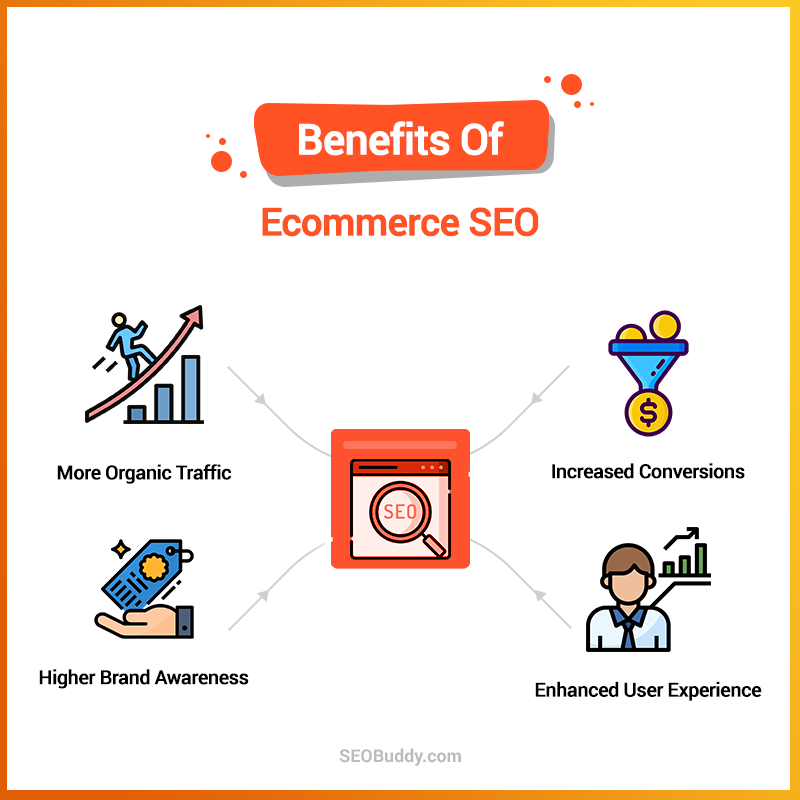
- More organic traffic: Using ecommerce SEO strategies like keyword optimization will help you attract more organic traffic to product pages.
- Increased conversions: The more traffic you get on your website, the higher will be chances of conversions.
- Higher brand awareness: Appearing on the first page of search results creates brand awareness without costing a fortune.
- Enhanced user experience: By optimizing your product pages and providing proper product descriptions you can also enhance user experience.
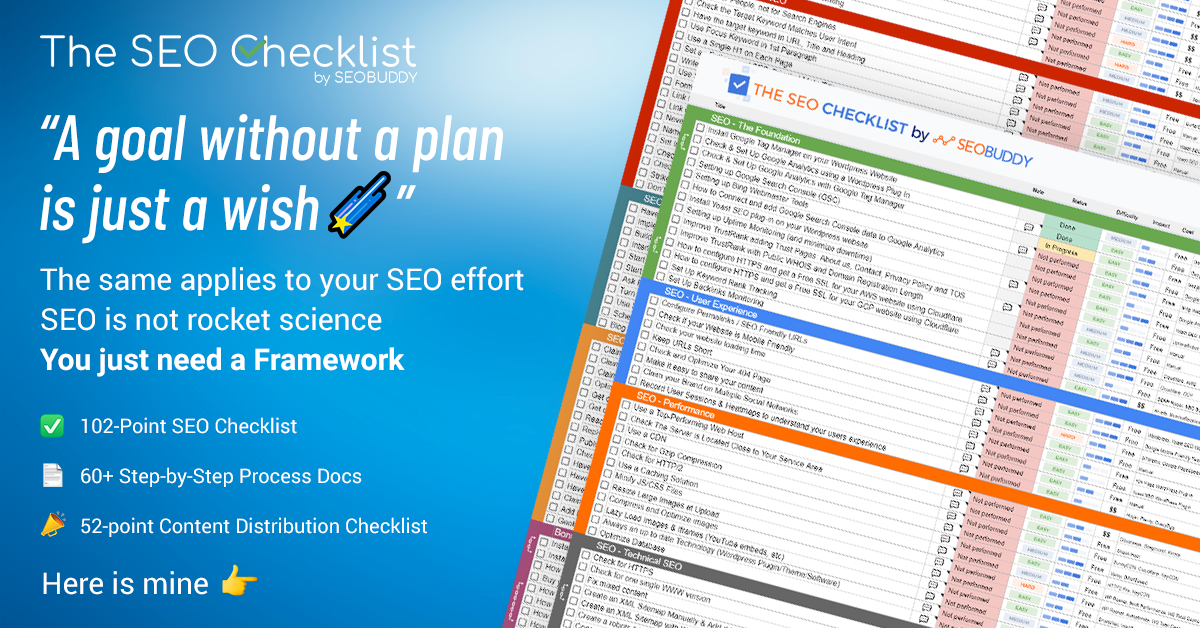
6 Aspects of Successful Ecommerce SEO
In this section, you will learn various tips and tactics related to six of the most important aspects of ecommerce SEO.
1. Ecommerce SEO Keyword Research
The first step to an effective ecommerce SEO campaign is keyword research.
The keywords you choose will determine how well your product and category pages perform on search result pages compared to other ecommerce sites.
You need to work with relevant keywords that: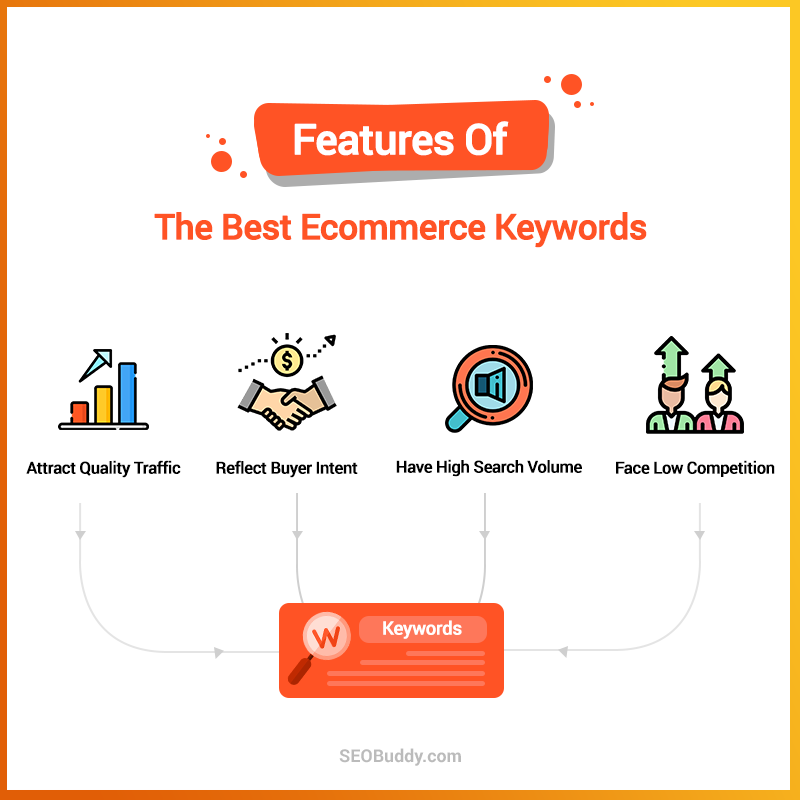
- Attract a lot of quality traffic to your site. You want to attract people in your target market.
- Reflect buyer intent. Buyer intent refers to how deep a person is into their decision to buy. A person searching “best dining tables” for instance, is far from making the decision to buy compared to someone searching “Rubberwood Solid Wood Dining Set”.
- Have high search volume. If no one is searching for a keyword, it’ll not be of any help to your ecommerce SEO efforts.
- Are not too difficult or competitive. This will make it easier for your store to rank on the first page of Google.
Finding a balance between competitiveness and search volume is key. Long-tail keywords (3 to 5 words) are more targeted, less competitive, and convert better than short-tail keywords (less than 3 words). Short-tail keywords are broad and very competitive.
Get the Help of a Keyword Research Tool
SEO tools like Ahrefs and Semrush will help you in three ways:
- Find keywords that your website is ranking low for. With some effort, there’s potential to rank higher for these same keywords
- Find keywords other ecommerce sites are ranking for
- Find variations of keywords
Use of Amazon for Ecommerce Keyword Research
Amazon is an ecommerce behemoth through which you can sell your products. But it’s also a gold mine of keyword ideas for two reasons:
- Most people searching on Amazon have an intention of buying. It makes Amazon a great resource for high commercial intent keywords.
- The keyword suggestions from Amazon are usually long-tail.
Type a keyword in Amazon’s search box and check the autofill suggestions.
Use Search Engines
Google is another free resource for conducting keyword research.
Type your seed keyword in the search bar, and check the suggestions in Google’s autocomplete feature. 
2. On-Page Ecommerce SEO
On-page ecommerce SEO simply means optimizing the content on your ecommerce website for search engines through a variety of strategies.
Let’s see how you can optimize these pages for on-page ecommerce SEO.
On-page Ecommerce SEO for Category Pages
If Google ranks your category pages, you can expect some of that traffic to head to your product pages as well. This, in turn, can help boost your sales. Here are a few things you need to optimize your ecommerce category pages for on-page SEO:
- The category page URL – It should be readable, short, and contain the target keyword. Short URLs should be preferred over long URLs.
- The title tag – The target keyword should be as close to the beginning of the title as possible. Include modifiers like “buy” and “cheap”.
- Image alt text – Google relies on the alt text to know what your image is about. Include the keyword in it and be descriptive.
- Meta description – A meta description is a summary of the content on a web page. You should include your target keyword in it and also make it as engaging as possible. Include click-magnets like “free shipping” to attract more clicks.
- Intro – Introduce your category pages. Add the keywords naturally and close to the beginning.
On-Page Ecommerce SEO for Product Pages
To optimize your ecommerce product pages for on-page SEO, optimize the page URL, title tag, image alt text, and meta descriptions like you did in the category pages.
Also, use long-form product descriptions to describe your product well. This will also help you rank for multiple target keywords.
Descriptions for product pages should include:
- An intro outlining what the product does and who it’s most suitable for
- Bullet list of the product features
- Search terms related to the main keywords. These are known as latent semantic indexing (LSI) keywords
- A more comprehensive description of the product features and their key benefits
- Use cases and clear images of the product in use
- User-generated content like videos, pictures, and reviews
- FAQs
- A call-to-action (CTA)
3. Content Marketing for Ecommerce SEO
Your product and category pages can’t contain many keywords as you would want to rank for. One of the easiest ways to rank for more keywords related to your industry is through content marketing or blog posts.
Aim for Strategic Keyword Placement
Get maximum ecommerce SEO value by placing keywords in the:
- First sentence or first 100 words
- Meta description
- Title tag
- Header tags
- Naturally throughout the body
- Image alt text (if it fits naturally)
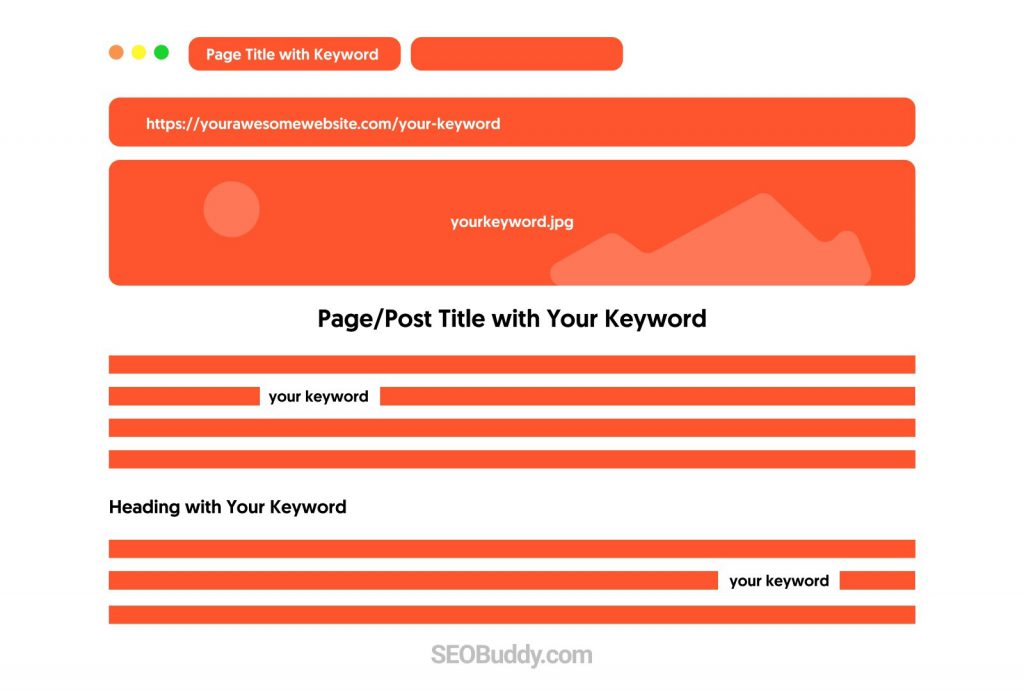
Target Multiple Keywords for Ecommerce SEO
A blog post should target one primary keyword. But be sure to target multiple secondary search terms (LSI keywords) in your content.
Long-tail secondary keywords, in particular, are excellent for ecommerce SEO. Be sure to create content that addresses the needs of visitors in different stages of their buyer’s journey—awareness, consideration, and decision. Insert related keywords in all of these posts to ensure that they bring in the right traffic to your website.
Here’s an example of how you can use LSI keywords naturally in your content.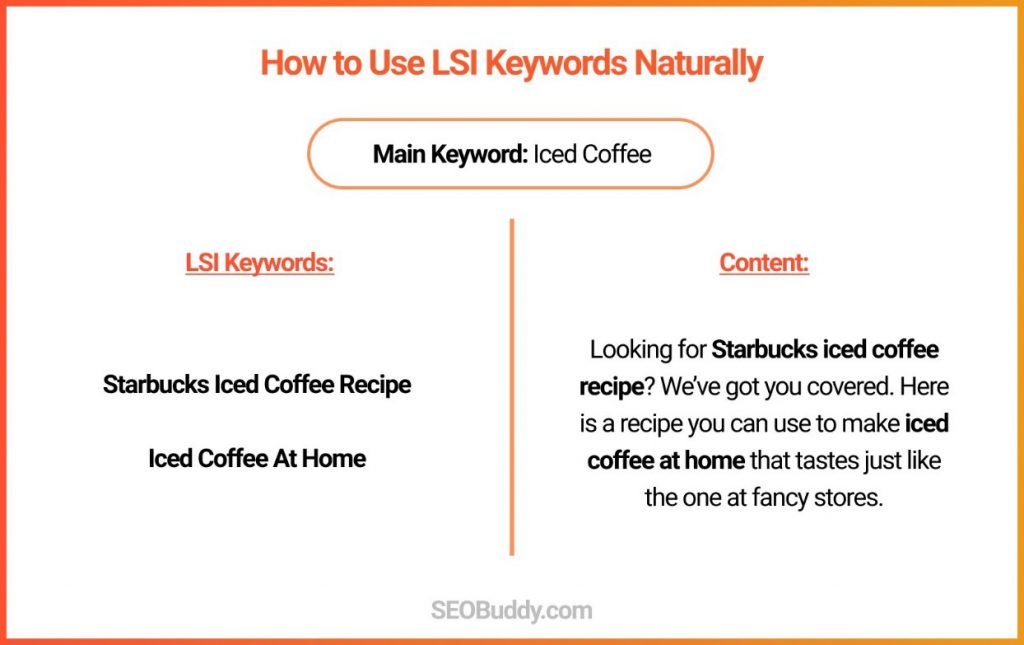
Maximize the Content’s Readability
User engagement metrics, which is the time a visitor spends on your website, affect ecommerce SEO. It’s one of the metrics Google uses to rank websites.
Take these steps to improve your content’s readability:
- Break big blocks of text with short paragraphs and lists
- Use active voice
- Use short sentences
- Make use of transition words to help your readers connect your ideas and thoughts
- Use clear headings to break your content into sections
- Be clear and concise. Use simple language that your audience can understand
- Use images, videos, and infographics to make the content more engaging
- Use white space to reduce visual clutter
Format the Content for Google’s Featured Snippets
Featured snippets are brief excerpts from a web page that quickly answer a user’s question.
They appear on top of Google’s search results page, especially when a user uses informational keywords and searches with “how to” or “what is”.
Featured snippets have a significantly higher click-through rate than the website links that appear below them.
Here are a few ways through which you can increase your chances of getting a featured snippet for your content and boost your ecommerce SEO.
- Use question-based headers in your H2s, H3s, and H4s
- Use question-based keywords
- Use your content to provide logical and accurate answers to Google searches. They should be concise and direct
- When possible, outline steps to solve a problem or answer the question
- For paragraph-style answers to the question, keep it between 54 to 58 words
Keep Your Content Fresh
In addition to posting relevant and resourceful content frequently, it’s important to regularly update old content pieces. You can add new data or research material relevant to the post regularly.
4. Link Building for Ecommerce SEO
In simple terms, link building is the process through which you get other websites to link to yours. A link from a website with high domain authority to your site is an indication to Google that your website is a quality resource on the subject.
The more high-quality backlinks you get, the better will the chances be of your website ranking higher in the SERPs.
Links also bring increased referral traffic to your website, which could lead to more conversions.

ECommerce SEO is a long-term strategy that requires time and effort, but the benefits can be significant. By following these tips, you can improve your online store's ranking in search results and drive more traffic and sales to your website.











